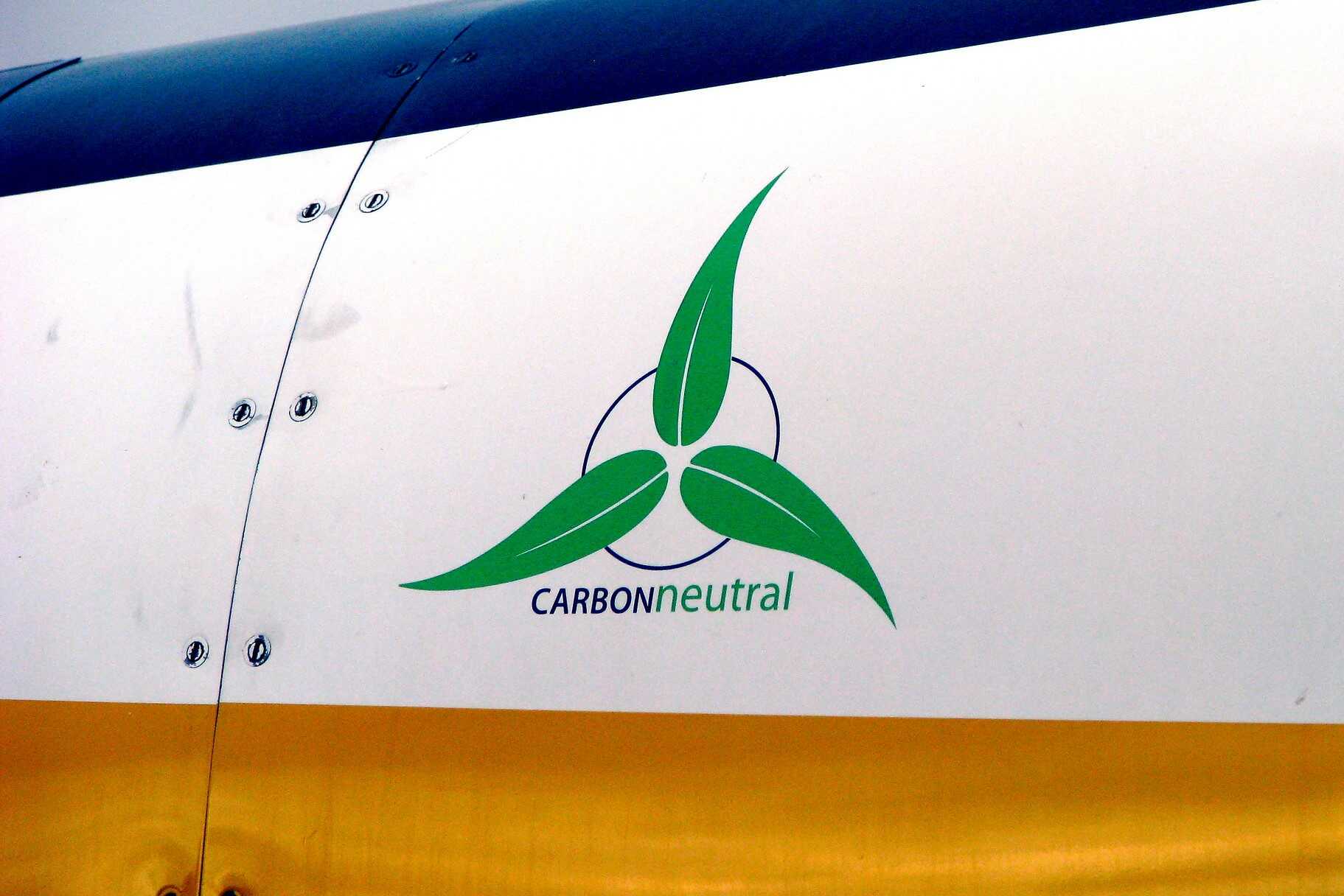Carbon mitigation efforts by some NZ organisations will not work in the new context of the Paris Agreement, according to a new report.
The Motu report highlights challenges and opportunities, and proposes a two-track system that could help solve the problem.
The full briefing and excerpted transcript are available here.
Catherine Leining, Policy Fellow, Motu; and co-author of the report:
What is voluntary carbon mitigation?
“This concept has actually been around for a while, I think many of us are familiar with this concept that organisations could take on a voluntary target to reduce their own emissions beyond government requirements.
“The process for doing that involves measuring one’s own emissions, reducing one’s own emissions as much as possible, and then for those who want to go the extra distance, they can offset those residual emissions. One of the key principles is those offsets must be additional to what would be happening otherwise, and not double-counted by anybody else.
“This gave people in the past an opportunity to boost how much climate contribution they were making beyond government targets. It’s an opportunity that’s been taken up by many, for example when take a plane flight, and we tick the little box saying we want to offset our flight emissions – that’s an example of voluntary offsetting.”
How is the landscape of voluntary offsetting changing under the Paris Agreement?
“The Paris Agreement presents a fundamental shift in how we need to think about voluntary mitigation. The challenge here is that we are losing the Kyoto Protocol-era framework, which made it easier for governments to ring-fence voluntary domestic mitigation, and avoid double-counting that mitigation.
“In order to avoid double-counting, a government basically would need to take the emissions reduced through a voluntary project, and add them back into the inventory as if that project never happened. Currently we don’t know if that option will be available in New Zealand.
“So this creates some uncertainty in how organisations will be able to use offsetting in the future. There are options, but we just don’t yet know how they will work.”
What are the solutions proposed in your report?
“The proposal has three components. The first is that ensuring that organisations that are participating in voluntary mitigation, start with ambitious targets for reducing their own emissions. Beyond that, organisations that want to go the extra distance to compensate for their residual emissions would have two options.
“One of those options we’ve called Carbon Horizon, and it would allow organisations to do extra effort that helps Aotearoa to bridge the gap to meet our Paris target. there is a substantial gap, and right now there is no mechanism that helps people to go above and beyond to help bridge that gap.
“Under the Carbon Frontier track, organisations could mitigate and reduce their residual emissions with efforts that count beyond Aotearoa’s Paris target. Both of these tracks would enable organisations to make clear, credible, transparent, and marketable claims about how they’re contributing toward the low-emission transition. But we would make a distinction about whether that mitigation helps to meet the Paris target, or pushes progress beyond that.”
